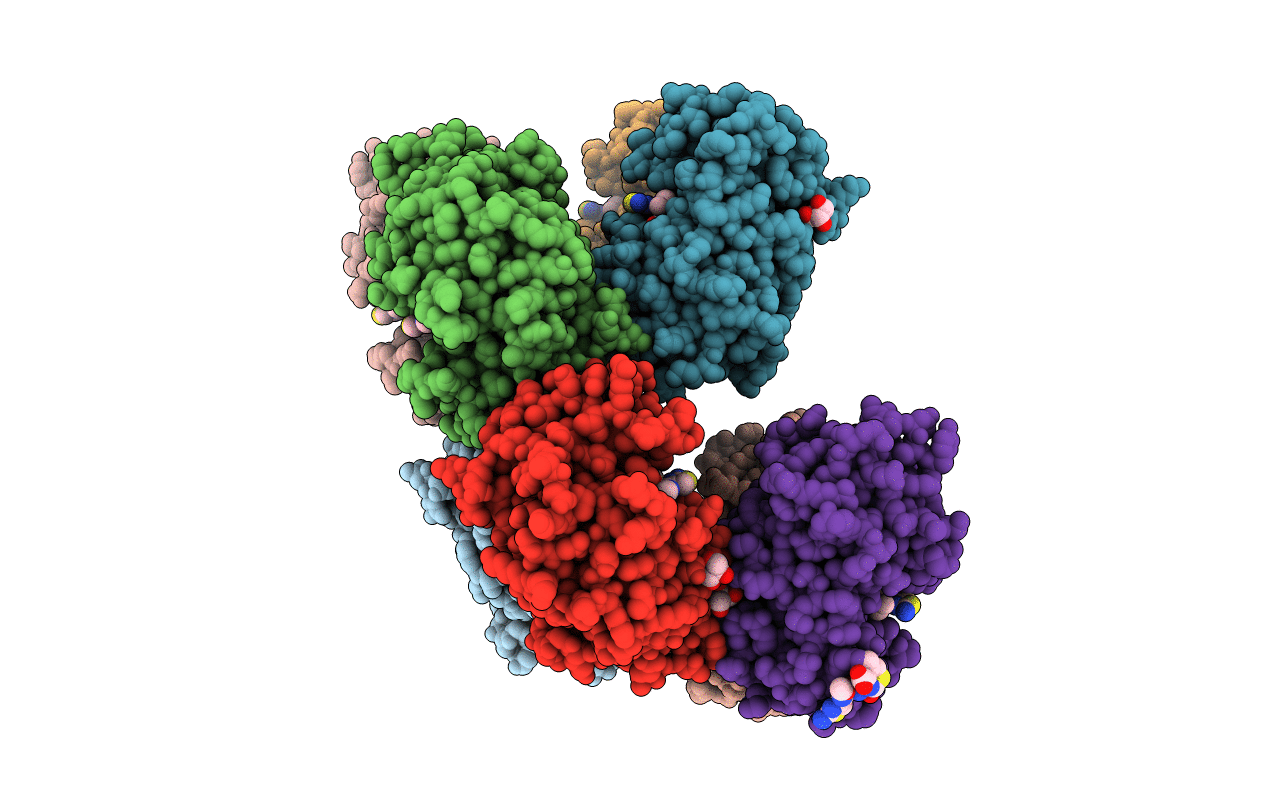
Deposition Date
2018-04-18
Release Date
2018-07-25
Last Version Date
2025-09-17
Entry Detail
PDB ID:
5ZQD
Keywords:
Title:
Crystal Structure of Penicillin-Binding Protein D2 from Listeria monocytogenes in the Cefotaxime bound form
Biological Source:
Source Organism:
Listeria monocytogenes EGD-e (Taxon ID: 169963)
Host Organism:
Method Details:
Experimental Method:
Resolution:
1.89 Å
R-Value Free:
0.24
R-Value Work:
0.19
R-Value Observed:
0.19
Space Group:
P 1 21 1


